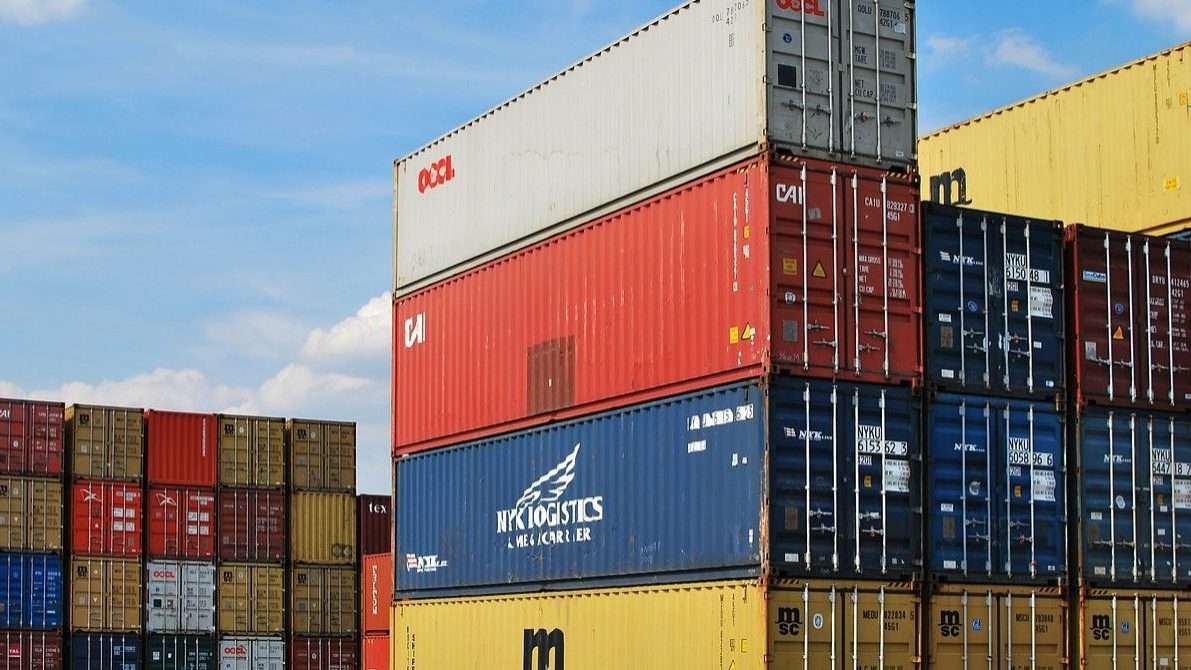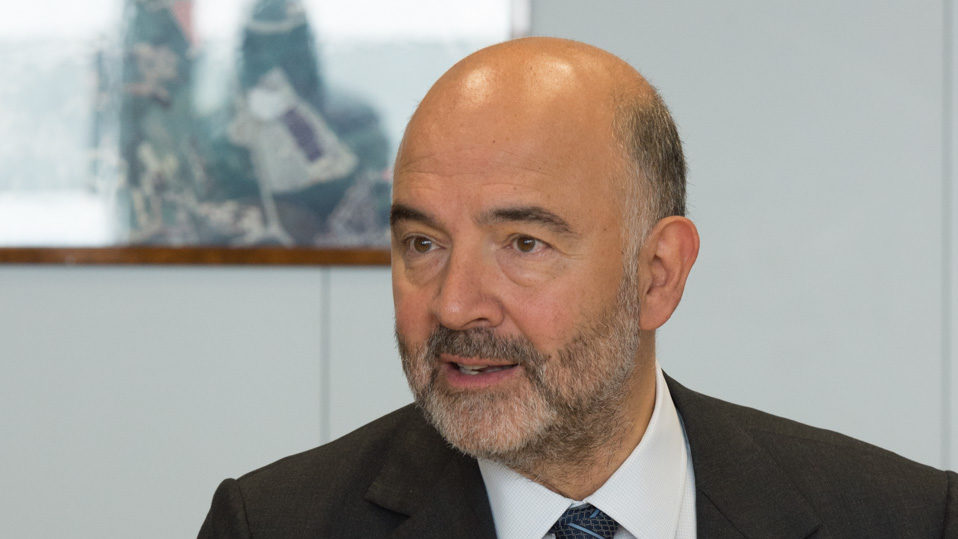Bans on new tourist accommodation failed to “stop” real estate owners
It's been a rats race ever since the news on the new legislation to halt new tourist accommodation have been announced. As some areas banned new accommodation, new ones started to be pressured.
Lisbon City hall decided in October to suspend the registration of new tourist accommodation in five historic neighbourhoods of the city centre, aiming at reducing the exposure of the housing market to tourism and also at endorsing the dispersion of the activity throughout other areas of the city.
However, the measure hasn’t yet shown much efficiency. There was a race to register all new accommodations right before the new legislation came into force, and right after it was enforced, the new accommodation units started popping up in other areas which although were not part of the ban, were already monitored by the City Council, due to high exposure to the same issue.
The large majority of new tourist accommodations ‘moved’ to Graça and Arroios.
Registrations for new tourist accommodation were banned starting off the 12th of November and it is referring to 5 areas: Castelo, Alfama, Mouraria, Bairro Alto and Madragoa (the boroughs of São Vicente, Santa Maria Maior, Misericórdia, Santo António and Estrela). The limited areas were restricted by the City council, as seen in the map:


These were the neighbourhoods where the City Council had considered it was urgent to intervene, understanding that in these areas over a quarter (more than 25%) of the available houses were used for tourism accommodation and not for families.
Actually, by the time the City Council decided to go forward with the local accommodation ban, that ratio was already very high in these areas. According to data from the City Council and the National Tourism Records (RNT), over 41% of accommodation in Santa Maria Maior were used for touristic purposes — in total, there are over 4,450 local accommodation units in a total universe of 10,729 houses, in that borough. As for Misericórdia, over 3,600 tourist accommodation units were registered in a total of 10,500 houses (34%).
The goal of the ban was, according to the City Council, to “protect the habitable housing stock for families” and to “limit the number of new tourist accommodation in areas where its abundance was already considered excessive in comparison to the total available housing units”, and also to “increase the attractiveness of other areas of the city, such as Belém”.
But that is not what we are witnessing so far. Firstly, during the first few weeks before the law came into force, there were dozens of new registrations pilling up in the areas where it would be soon be banned. The City council announced the ban on the 25th of October, and it would come into force on the 12th of November, and in that period, the city still gave green light to 352 of the new requests. Of those, 158 were in the areas in which accommodation was to be banned.
Before accommodation ban

After the ban came into force, the owners of tourist accommodation units did not go that far from the forbidden areas. The City Council identified five touristic areas in which there was “overwhelming pressure on housing” and for that reason would be monitored more carefully. These five areas could also end up having a ban in new registrations for tourism accommodations soon (Baixa, Avenida da Liberdade, Avenida da República, Avenida Almirante Reis, Graça, Colina de Santana, Ajuda, Lapa e Estrela).
And it was precisely in these five areas that more new accommodation units destined for tourists were recorded since the ban came into force. In total, the Lisbon city council accepted 99 out of all the requests for new units for tourists, more than half went to one of the areas under monitoring, and the majority went to Graça and Arroios. 
Lisbon got, in little over a month, 450 new tourist accommodation units. The difference was this:





